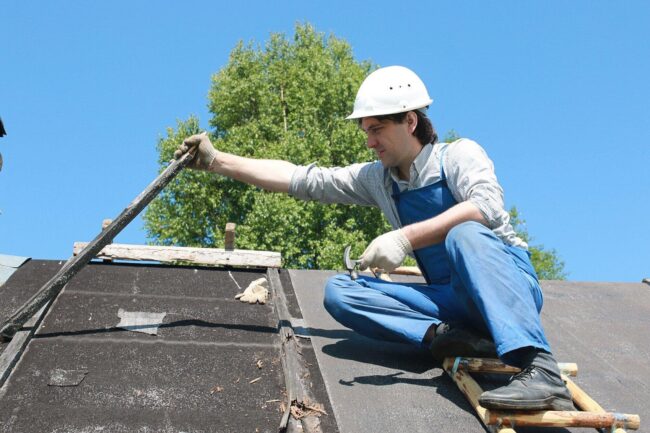
- A leading water retailer shares insights that often cause businesses thousands per year on their water bill.
- They warn about the huge amount of water (and money) that can be wasted through leakage, poor drainage, and more.
- They also share best practices for wastewater management in construction.
When hiring a roofing contractor, businesses expect quality workmanship that protects their property from the elements. However, poor drainage installation or maintenance often leads to significant financial losses, turning what should be a protective asset into a costly liability.
Without proper drainage, businesses risk structural damage and ongoing maintenance issues, as standing water can weaken roofing materials, cause leaks, and even compromise a building’s foundation. Even if you’re a contractor, if the business is under warranty, this will come back to bite you.
Given that construction is an extremely water-intensive industry, effective water management—including drainage solutions—is essential to stopping waste and preventing damage.
How Poor Roof Drainage Leads to Costly Structural Damage
There are three key reasons why inadequate drainage can drain a company’s finances.
First, standing water on a roof accelerates material deterioration, weakening membranes, corroding metal components, and causing premature failure of roofing systems.
Second, water infiltration from blocked or poorly designed drainage systems leads to internal damage, such as mould growth, ceiling collapse, and electrical hazards, which require expensive repairs and pose serious safety risks.
Third, excessive water runoff can erode a building’s foundation, leading to cracks, shifting, and long-term structural instability that demands major reconstruction work.
This is why it’s important to tackle roofing issues head-on to prevent these damages from ever arising.
How Businesses Can Prevent Drainage-Related Roofing Issues
Preventing drainage-related roofing issues starts with proactive maintenance and choosing the right drainage solutions for your building.
Businesses should schedule regular roof inspections to identify potential drainage problems, such as clogged gutters, pooling water, or blocked downspouts, before they lead to costly damage.
Installing drainage systems, including properly sized gutters, internal drains, and sloped roofing designs, ensures water is efficiently diverted away from the building—your contractor should be advising you of this.
Investing in preventative maintenance contracts with a reliable roofing contractor can help businesses stay ahead of potential issues, reducing the risk of unexpected repairs.
Save More With Wastewater Management
Businesses can significantly reduce their water and wastewater bills by implementing wastewater management through improved drainage systems and a reliable business water retailer.
Water runoff from roof cleaning, pressure washing, and even rainwater that’s not properly directed can contribute to high wastewater output.
By installing effective drainage systems and working with a business water retailer that cares, businesses can reuse wastewater for non-potable applications such as cleaning equipment, suppressing dust, or managing site runoff, reducing the need for fresh water.
This practice not only helps lower water consumption costs but also decreases the volume of wastewater discharged, which may lower Trade Effluent charges.
Wastewater from roofing projects is closely monitored for compliance with environmental regulations, and businesses that manage it effectively can avoid hefty fees or penalties.
